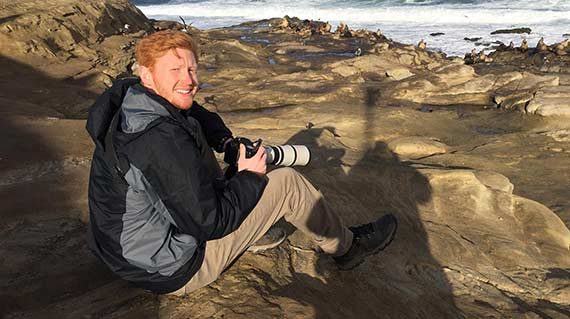
Your Guide: Jacob Roalef
Tours: Alaska, Arizona, California, Colorado, Florida, Maine, Minnesota, Ohio, Texas, Wyoming, Birding Ecotours (Worldwide)
Colorado offers one of the most spectacular North American birding spectacles with the spring lekking season of several grouse species including the stunning Gunnison (Sage) and (Greater) Sage Grouse and the ever declining Greater and Lesser Prairie Chickens. Churring, gurgling, prancing males strut around their chosen lek, competing with other males to see who can get selected by a mate. While this trip is a more focus “chicken run” of sorts, there are plenty of other amazing bird species to be on the lookout for. These include a nice mix of both migrants and long staying species such as Black, Grey-crowned, and Brown-capped Rosy Finches, Barrow’s Goldeneye, American Dipper, Williamson’s Sapsucker, Pinyon Jay, Bald Eagle, and the list goes on and on! Both spring and fall migration in Colorado are amazing and we time this trip perfectly for the spring leks and arrival of spring migrants on their journey to breeding grounds. Along with the amazing bird and wildlife spectacles, are the wide assortment of fantastic habitats providing jaw-dropping scenery throughout the tour. From the stunning Rocky Mountains and rolling grass prairies to the cottonwood canyons and pine forests, the trip is never lacking a stunning view along the way. This great diversity of habitats provides us a refreshing new locale each day and with it a differing bird and wildlife community. The National Audubon Society and Colorado Birding Trail do a fantastic job here to help preserve the pristine habitats and help encourage folks to get out and experience nature with their birding festival in March and other community programs.
This tour begins in the mile-high city of Denver, visiting its various pristine birding locations before heading west and up into the dizzying heights of the Rocky Mountains. Up here, the search is on for the tricky White-tailed Ptarmigan and rosy finches. We continue onwards for our first few leks of the trip and then head southwest to Grand Junction and Gunnison, birding along the way in hopes of seeing treats like Mountain Bluebird and Clark’s Nutcracker. From here we head east and into the lowlands and grasslands of southeast Colorado with a brief dip into Kansas for Lesser Prairie Chicken. We complete our large “chicken loop” of Colorado in the northeast corner at the Pawnee National Grasslands, a premier birding spot, with Thick-billed and Chestnut-collared Longspurs and Mountain Plover amongst the many targets.
This trip can be combined with our Texas Spring and Whooping Cranes Tour, which immediately precedes it, and with our Florida Peninsula and Specialties Tour following it.
Due to the extremely limited availability and access to some of the leks, this itinerary is subject to run in a slightly different order while still visiting all of the locations and destinations.
This trip is closed but please consider booking the 2026 departure early.
Duration: 10 days
Group Size Limit: 4 – 8
Date: 05 April – 15 April 2027
Start: Denver, CO
End: Denver, CO
Price:
US$5,459 per person sharing assuming 4 – 8 participants
Single supplement: US$954
We can run the same trip at a price similar to the larger group price for 2 tour participants, if they rent their own vehicle and pay for fuel – please e-mail [email protected] for details.

Tours: Alaska, Arizona, California, Colorado, Florida, Maine, Minnesota, Ohio, Texas, Wyoming, Birding Ecotours (Worldwide)
COMPLETE CALIFORNIA TOUR
7-20 September 2012
Top 10 lists are voted upon by the participants at the completion of each tour.
1 – Northern Pygmy-Owl – this bird was seen well at Mount Pinos, for a nice long period of time. Good looks at owls are hard to beat.
2 – Laysan Albatross – a single bird was observed numerous times during the second pelagic trip into Monterey Bay, along with several Black-footed Albatrosses.
3 – Island Scrub-Jay – a California endemic, found only on Santa Cruz Island. Several were seen.
4 – Spotted Owl – an after dinner owling trip produced a pair in Los Padres National Forest. One of the owls was seen exceedingly well.
5 – Yellow-billed Magpie – another California endemic. “We watched two Yellow-billed Magpies harass an immature Sharp-shinned Hawk and chase it off. After a couple of minutes the hawk returned and made several attempts to kill one of the magpies.” What a show!
6 – Mountain Quail – this elusive species was seen and heard several times on the tour. They were seen very well at Los Padres National Forest, picking grit from the roadside.
7 – California Condor – Big Sur yielded SEVEN Condors, soaring along scenic cliffs that overlook the Pacific.
8 – LeConte’s Thrasher – great looks at a species that is often difficult to find, especially outside of its breeding season.
9 – Ridgeway’s Rail – an adult with two young was observed at the Palo Alto Wetlands.
10 – Great Gray Owl – one was found in Yosemite National Park after searching several locations. This is always an exciting bird to see.


 Black-footed Albatross
Black-footed Albatross
 Black Oystercatcher
Black Oystercatcher
 Black Turnstone
Black Turnstone
 Wandering Tattler
Wandering Tattler
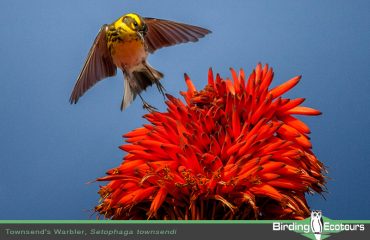 Townsend's Warbler
Townsend's Warbler
 California Towhee
California Towhee
 Wrentit
Wrentit
 Mountain Quail
Mountain Quail
 Acorn Woodpecker
Acorn Woodpecker
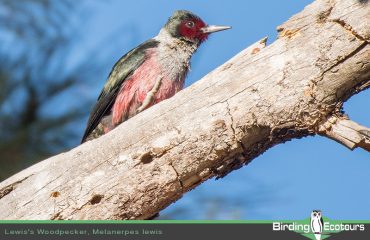 Lewis's Woodpecker
Lewis's Woodpecker
 Williamson's Sapsucker
Williamson's Sapsucker
 White-headed Woodpecker
White-headed Woodpecker
 Yellow-billed Magpie
Yellow-billed Magpie
 Gray-crowned Rosy-Finch
Gray-crowned Rosy-Finch
 Pine Grosbeak
Pine Grosbeak
 Greater Sage-Grouse
Greater Sage-Grouse
 Gray Flycatcher
Gray Flycatcher
 Greater Roadrunner
Greater Roadrunner
 Tufted Puffin
Tufted Puffin
 Parasitic Jaeger
Parasitic Jaeger
 Bewick's Wren
Bewick's Wren
 Western Sandpiper
Western Sandpiper
 Semipalmated Plover
Semipalmated Plover
 Peregrine Falcon
Peregrine Falcon
 Pygmy Nuthatch
Pygmy Nuthatch
 Mountain Chickadee
Mountain Chickadee
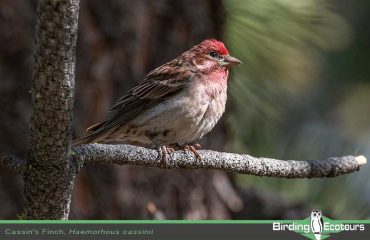 Cassin's Finch
Cassin's Finch
 Red-necked Phalarope
Red-necked Phalarope
 Sora
Sora
 Bell's Sparrow
Bell's Sparrow
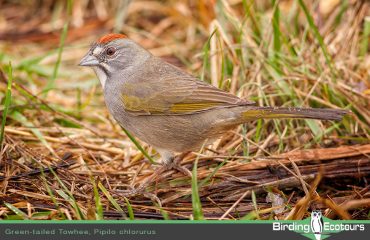 Green-tailed Towhee
Green-tailed Towhee
 Violet-green Swallow
Violet-green Swallow
 Pink-footed Shearwater
Pink-footed Shearwater
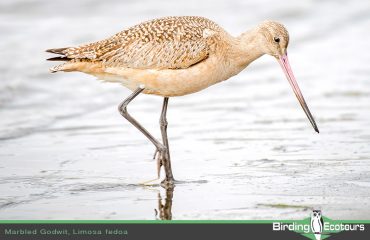 Marbled Godwit
Marbled Godwit
 Long-billed Curlew
Long-billed Curlew
 Black-necked Stilt
Black-necked Stilt
 Hutton's Vireo
Hutton's Vireo